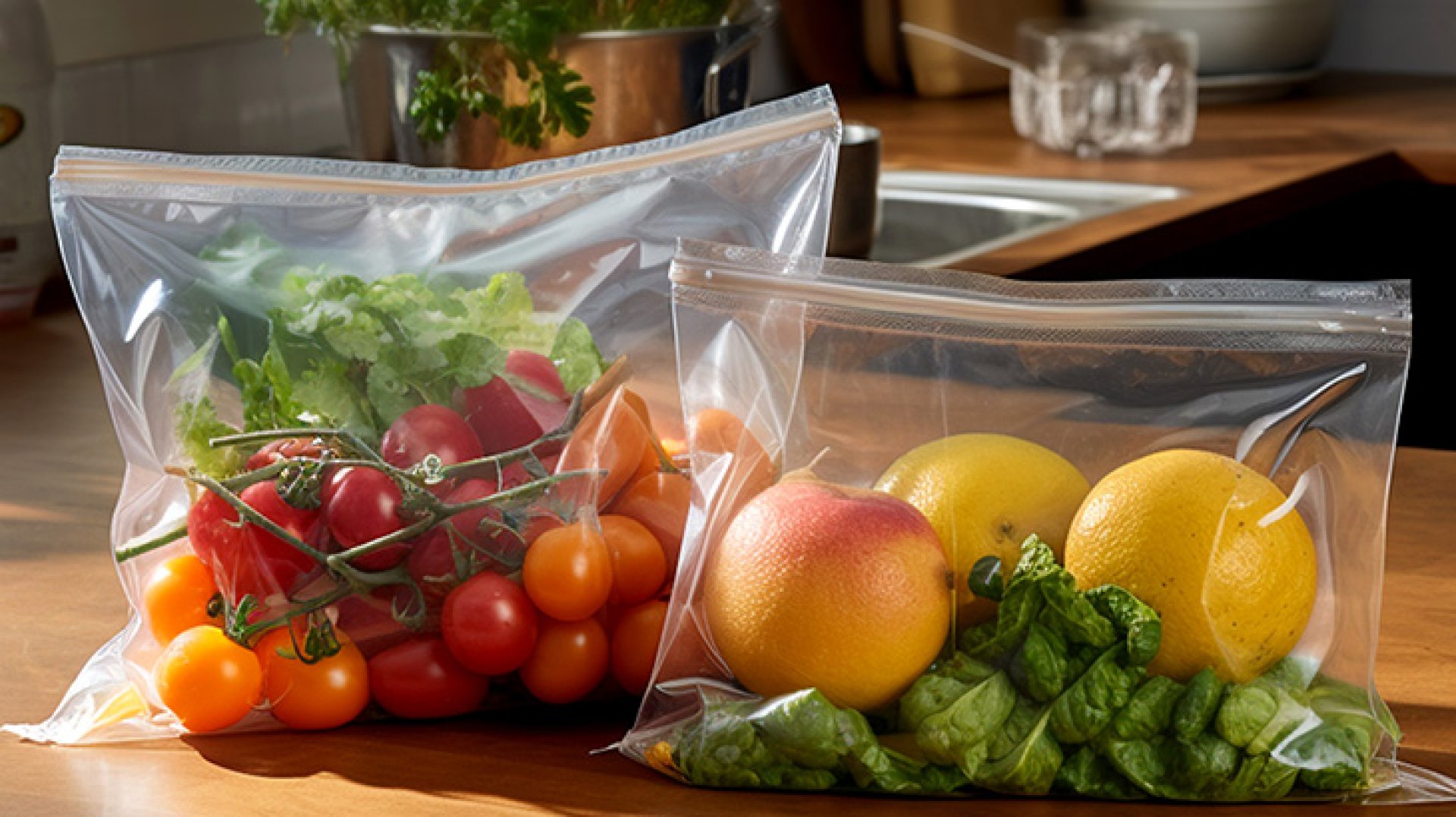Ziplock Bag

The Ziplock Bag is one of the innovations that completely revolutionized food preservation. With its convenient ability to protect food from both air and water, Ziplock bags have become incredibly popular for storing everything from meats, vegetables, fruits, tea, coffee, liquid foods, herbs, and various grains. Today, Rimping Supermarket takes you on a journey through the history of this versatile plastic bag.
Origins from a Brilliant Idea: Borge Madsen (Mid-20th Century)
The story of the Ziplock bag began in the mid-20th century with the creative idea of Borge Madsen, a Danish engineer working for the American company Flexigrip. Borge Madsen conceived the idea of a plastic zipper for use in the packaging industry. He created a zipper that could slide to seal a plastic bag, which was the very first form of a Ziplock. He stated that this method could securely seal bags without needing additional fasteners like clips or ties. He immediately patented this plastic zipper for packaging.
However, in its early stages, the Ziplock was not used for food. It was more commonly used for sealing document folders and flat pencil cases, marketed under the name Flexigrip.
Development into Ziploc® and Entry into the Food Industry (1954 - 1961)
Later, in 1954, Steven Ausnit, one of the founders of Flexigrip, had the idea to develop a new type of Ziplock with interlocking grooves that could be easily opened and closed, unlike the earlier version that relied on a slider tab. This new design was not only more convenient to use but also reduced material and production costs.
Subsequently, in 1961, they launched this new form of plastic Ziplock under the brand name Ziploc® and established a new company called Minigrip to market this Ziplock format, focusing specifically on the food storage and preservation industry.
Then, Dow Chemical, a company that produced polyethylene resin plastic bags, contacted them, proposing that their plastic bags were suitable for this new Ziplock format. After several years of negotiations, the perfect Ziplock bag as we know it began to appear on the market for the first time, combining Dow Chemical's plastic bags with Minigrip's Ziplock innovation.
Popularity and Expansion: From Households to Specialized Uses (1968 - 1986)
After its launch, the Ziplock bag quickly gained popularity in households across the United States due to its convenience. It was ideal for storing a wide range of foods, from sandwiches and snacks to leftovers and various household items.
Over time, Ziplock bags were further improved with reusable features, allowing users to wash and reuse the bags multiple times. This characteristic appealed to both budget-conscious consumers and environmentalists.
As demand for Ziplock bags grew, in 1968, the company introduced the Ziplock Sandwich Bag, a smaller and more compact version of the original. This model was specifically designed for packing lunches and snacks.
Later, in 1986, the company launched the Ziplock Freezer Bag, which featured a thicker, more durable plastic film designed to withstand extreme cold temperatures. This innovation allowed consumers to safely store and preserve perishable foods in the freezer for extended periods.
Current Challenges and Future Directions (Environmental Concerns)
Due to concerns about plastic pollution and environmental sustainability, Ziplock bags have faced scrutiny in recent years regarding their reliance on non-biodegradable materials. However, the company has responded to these concerns by offering eco-friendly alternatives made from recycled plastics and biodegradable materials.
Beyond their versatility in food storage, Ziplock bags are now used in a wide array of applications, from organizing travel essentials and storing electronic components to packaging medications and medical supplies. Currently, the Ziploc® brand is managed by SC Johnson.
Given the immense popularity of Ziplock bags, many Ziplock brands have emerged in other countries. However, even with new brands appearing, we still commonly refer to this type of bag as a Ziplock bag, following the name of the original brand, as it's the term that immediately brings this type of bag to mind.


